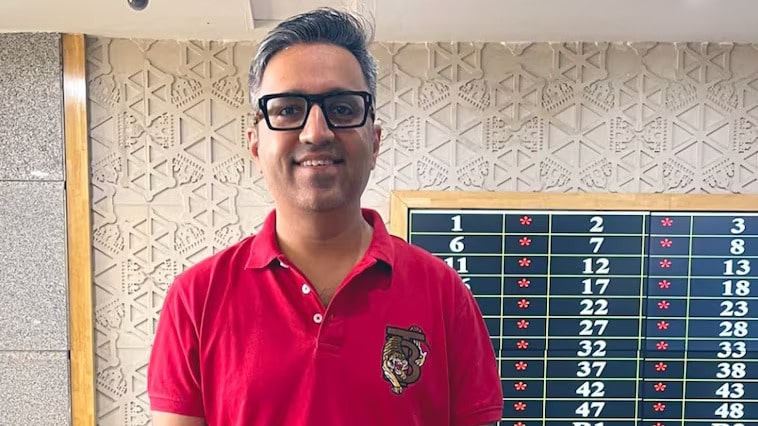
Ashneer Grover, the founder of BharatPe, recently took a dig at the 10-minute delivery model adopted by startups like Blinkit and Zepto. In a series of tweets, he questioned the viability of the business model and raised concerns about its economic feasibility.
Grover, who is known for his outspoken views on the Indian startup ecosystem, argued that the cost of delivering a product within 10 minutes is much higher than what customers are willing to pay. He pointed out that the last-mile delivery cost alone is around Rs. 40-50, which is more than what these companies charge for delivery.
“10 min delivery has no economics. Even with a 30 rupees delivery charge and average order value of Rs. 150, the cost of delivery is higher than what customers are willing to pay,” Grover tweeted. He further stated that, “It’s a race to the bottom. The only way out is to have marketplaces invest in their own logistics and make sure they have enough economies of scale.” He concluded by saying, “The future of commerce will be driven by technology and logistics capabilities.”
This statement has been echoed by other industry experts who are of the opinion that marketplaces should invest in logistics and technology to create an edge over competitors. This could help them increase efficiency, reduce delivery costs and ensure faster customer service. Furthermore, these investments will enable them to provide more tailored services for their customers.
He also questioned the scalability of the 10-minute delivery model, stating that it would require a massive investment in infrastructure and logistics to make it work. Grover argued that it was unlikely that startups like Blinkit and Zepto would be able to raise the kind of capital required to build such an infrastructure.
“Building infrastructure for 10 min delivery is very hard. It requires deep pockets and huge investment. Who will fund it? VCs? Their LPs? How will it be profitable?” he tweeted.
Grover’s comments come at a time when the 10-minute delivery model has gained significant traction in the Indian startup ecosystem. Several startups, including Blinkit and Zepto, have launched their 10-minute delivery services in major cities like Bangalore and Hyderabad.
The 10-minute delivery model promises to revolutionize the way we shop by offering near-instant gratification to customers. However, as Grover pointed out, the economics of this model remain untested.
In response to Grover’s comments, some industry experts have argued that the 10-minute delivery model is still in its early stages and that it will take time for startups to figure out the right pricing and delivery model. They have also pointed out that the 10-minute delivery model is not meant to replace traditional e-commerce but is rather an addition to it.
However, Grover remains skeptical of the 10-minute delivery model’s prospects. He argued that the model was only feasible in certain niche segments like medicines and groceries, where margins are higher and customers are willing to pay a premium for speed and convenience.
“10 min delivery may work in specific niches like medicine and grocery, where there is a high margin and low delivery cost. But for most products, it’s not economically feasible,” he tweeted.
Grover’s comments highlight the ongoing debate within the Indian startup ecosystem about the viability of the 10-minute delivery model. While some experts believe that it has the potential to revolutionize e-commerce in India, others remain skeptical of its economic feasibility and scalability.
Overall, it remains to be seen how the 10-minute delivery model will evolve in India and whether it will be able to overcome the economic and logistical challenges that it faces. In the meantime, Ashneer Grover’s comments are sure to add fuel to the ongoing debate about the future of e-commerce in India.









